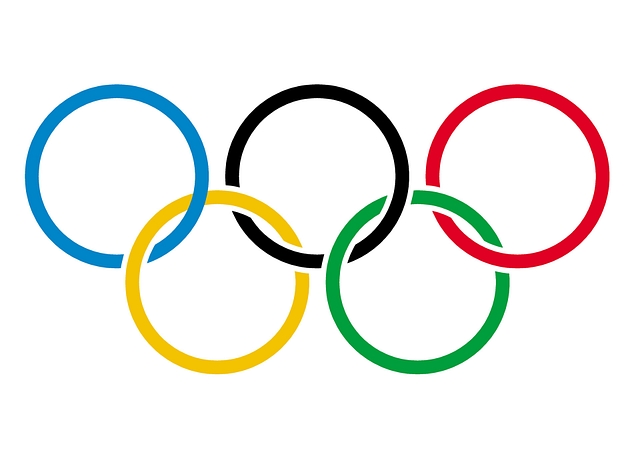
India and Olympics
In 2008, as the Beijing Olympics were beginning, a German and a Chinese colleague of mine brought up the fact that India had a population of a billion but rarely got onto the podium. This was, as you can imagine, a source of great self-recrimination for me, as it is for many other Indians. Moving on to 2012, despite recording its highest tally in the summer olympics, we saw a new low as Indian Olympic Association was banned by International Olympic Committee due to problems in its electoral process. This came to light only at Sochi, when three athletes from India had to compete under the olympic flag and not under the Indian national flag.
But other than the customary hand-wringing once every four years, the debate on what ails sports in India is lacking in both quantity and quality. Even when there is, typically fingers are pointed at Cricket and administrative failures, as if to say barring these two factors, we would be a competitor at world stage.
There are three dimensions to producing winning athletes.
i. Genetic ability
ii. Selection
iii. Training
Dave Epstein writing in “Sports Gene: Inside the Science of Extraordinary Athletic Performance,” examines the dominance of the Kalenjin tribes (from Kenya) in world’s long distance running.
Proportionally long legs and thin lower legs contribute separately to good running economy, and they had both. * Even the Kalenjin city boys, who were less active and less aerobically fit than the Danish boys, started with better running economy.
Genetic ability, by the conventional definition, is a distribution and not a singular value. A group of individuals may have emphasized genetic traits resulting in a skew, but, start with a large enough sample size and you should still find individuals with emphasized genetic traits. This is where selection and matching with the right sport becomes important. There are additional aspects to selection – motivation and opportunity cost.
“In these days of computer games, sedentary pursuits, and driving our children to school —it is the ‘hungry’ fighter or the poor peasant who has the endurance background, and the incentive to work on it, who makes the top distance runner.”
The opportunity cost of training for distance running is too high for children in developed countries. On the other hand, for the runners in Kenya, the payoff for winning a medal is so disproportionately high as to lift their entire families out of poverty. This explains why none of the offsprings of olympic medal winners from Kenya are winners themselves. Increasing hunger and poverty to win medals is morally reprehensible.
That leaves us with the last dimension – Training.
The similarity to Jamaican sprinting— or to Canadian hockey, or to Brazilian soccer— is that there is a large number of athletes put in the top of the funnel, and a smaller number who display talent and survive the rigorous training and come out the bottom as world beaters.
So, in the absence of any genetic advantage, technical way of increasing medal count is by increasing the number of athletes taking up individual sports, streamlining the selection and improving the training methodologies. There is one common motif here – A strong economy is a prerequisite to achieve all three.
Improving training methodologies and facilities costs money – and that requires a strong economy. First step in streamlining selection of athletes is to remove it from the control of unaccountable bureaucrats like those heading the IOA right now. But, a strong economy is once again a necessary condition for private parties to have the necessary liquid money to provide patronage to sports. And lastly, individuals may take up sports either as a leisure-time activity or as a vocational pursuit. For it to be a successful vocational pursuit, the pay-off needs to be good and the opportunity cost low (Think of engineering in our society). It is well known that leisure comes with economic development. So good economic growth should also increase the number of athletes coming into the system.
Unsurprisingly, recent research has shown that the results are strongly linked to the economy.
China’s performance history is also emblematic of a developing economy gaining critical mass in sport and economic growth. Like South Korea, China won its first Winter Olympic medals in 1992 (three silvers). Chinese athletes had competed in three prior games dating back to 1980 before the emerged on the podium in Albertville, France. Also similar to South Korea, China consistently earned medals in subsequent Games, recording a high of 11 at the 2010 Olympics. China underwent a host of economic reform initiatives in the 1970s and 1980s; by the 1990s the country experienced rapid economic growth (10.4% GDP) even with skyrocketing inflation that topped 20% in 1994. Again, consistent trips to the Winter Olympics podium went hand-in-hand with an emerging economy
In other words, if you want more medals, first fix your economy!